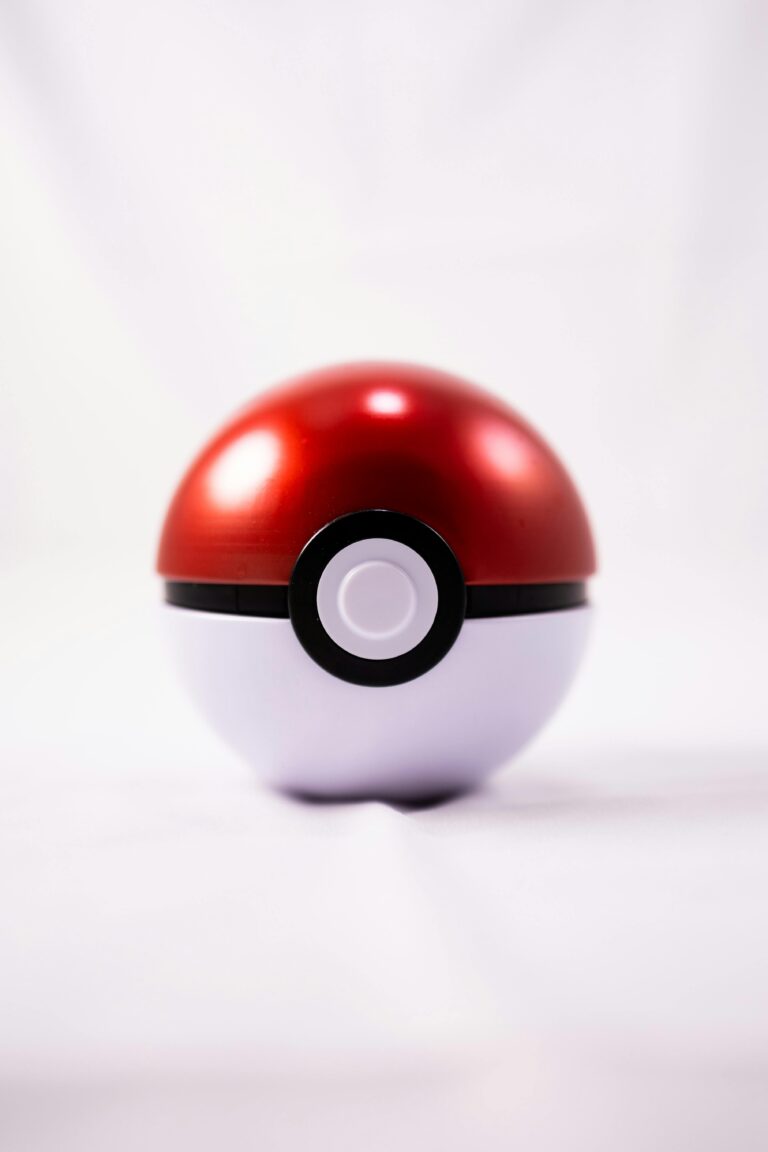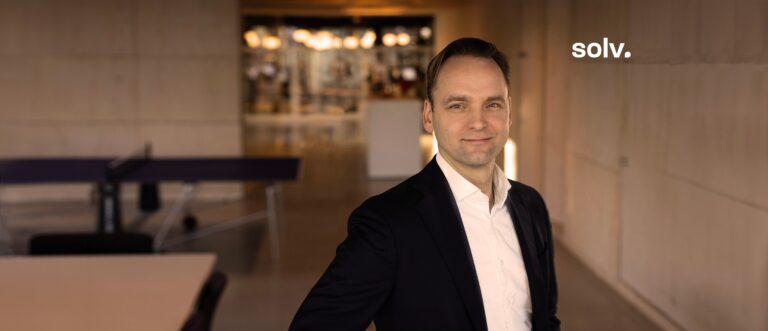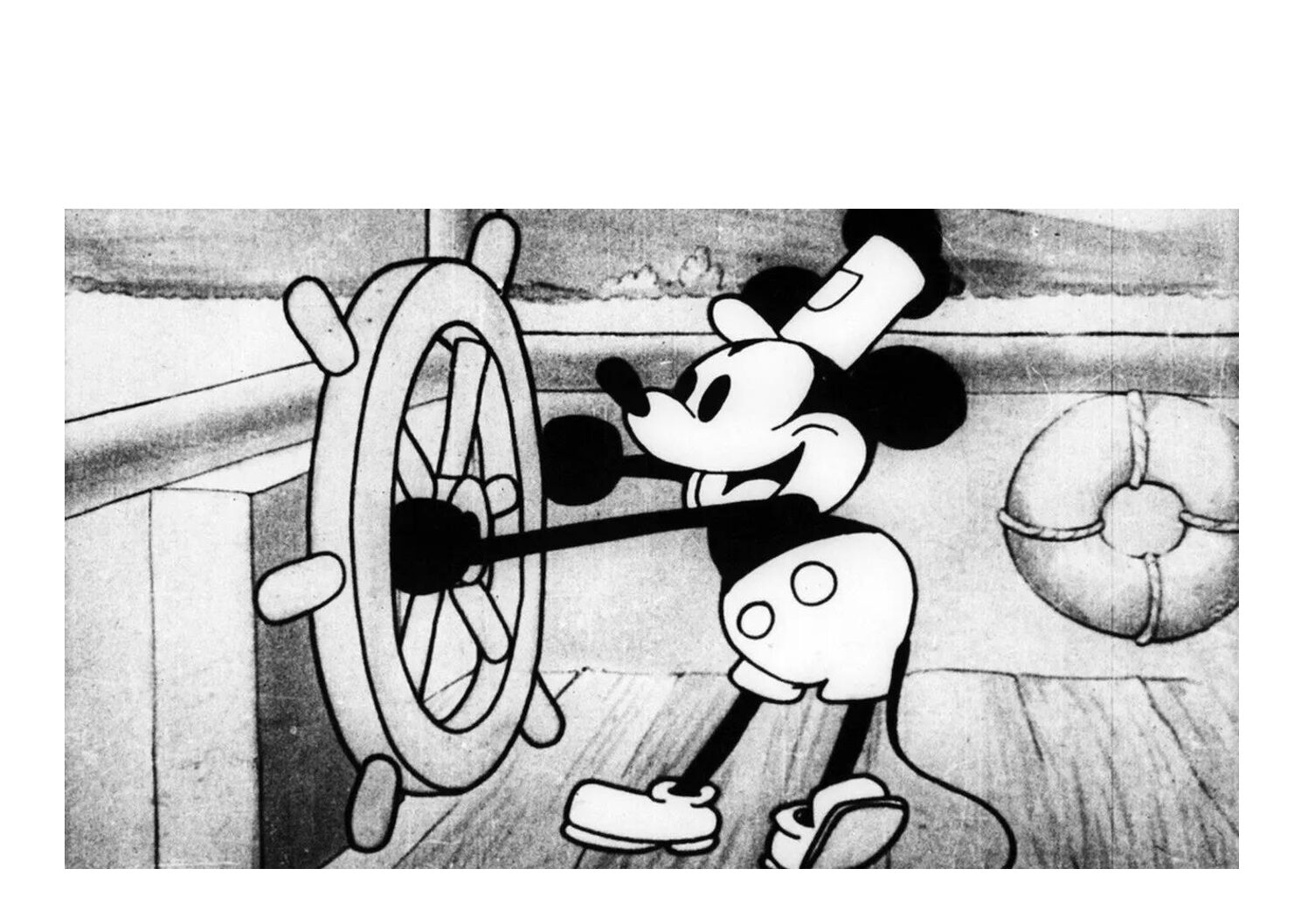This weblog looks at preliminary relief proceedings in which Hasbro demanded a ban on the sale by Simba of the latter’s Little Fairy & Pony. According to Hasbro, Simba committed copyright infringement and acted wrongfully by slavishly imitating Hasbro’s My Little Pony.
.gif)

I will discuss the following two questions of law that the Supreme Court of the Netherlands decided on in these preliminary relief proceedings:
1. If Simba is banned from selling its Little Fairy & Pony in the Netherlands but the pony continues to be sold in other EU countries, does the Dutch ban constitute an unlawful trade barrier and/or a means of arbitrary discrimination contrary to the provisions of Articles 34 and 35 of the Treaty on the Functioning of the European Union (TFEU)?
2. Should Hasbro’s reliance on slavish imitation be assessed first, or perhaps even exclusively, on the basis of the Dutch Unfair Commercial Practices Act, bearing in mind the full harmonisation approach adopted in the Unfair Commercial Practices Directive (UCPD)?
Question 1 – Is a national copyright ban a restriction on free trade?
Simba argued that a ban on the sale of its pony in the Netherlands on account of copyright infringement or slavish imitation – with the pony continuing to be sold in the rest of Europe because Hasbro et al. do not take legal action against it elsewhere, or at any rate not successfully – would constitute an unlawful trade barrier and a means of arbitrary discrimination. This is contrary to the fundamental principles of the European Union and Articles 34 and 35 of the TFEU, respectively.
Hasbro asserted that, in addition to the Netherlands, the Simba pony may not be marketed freely in Germany, and copyright-based infringement proceedings are currently pending in Poland. With IP rights across the EU having been harmonised to a high degree, the risk of arbitrary discrimination or disguised trade barriers is low, thanks to merely minor differences in interpretation at national level. Any differences that still remain are not arbitrary but rather constitute a justified restriction on the free movement of goods.
The Supreme Court’s opinion
The Supreme Court decided in Hasbro’s favour. As harmonised IP legislation requires courts throughout the EU to apply the same standards, any ban imposed on the basis of these standards is justified by definition and, by virtue of the statutory exceptions to the free movement of goods under the general rule of Article 36 of the TFEU, does not constitute a means of arbitrary discrimination or a disguised restriction on trade. Any alternative interpretation would imply that judges ruling in IP cases in which either party relies on fully or partially harmonised IP rights would be required to consistently dismiss claims if the defence is that no legal action is taken in other Member States or that courts in other Member States have dismissed claims for infringement in parallel cases. That obviously is not the case.

Question 2 – Doctrine of slavish imitation replaced by UCPD standards?
Simba argued that confusingly imitating a consumer product like the Simba pony qualifies as an unfair commercial practice. In its view, this imitation should therefore be assessed in relation to the unfair commercial practices rules laid down in Section 6:193a-j of the Dutch Civil Code. These rules differ from the standards ensuing from the doctrine of slavish imitation and implement the UCPD, which aims at full harmonisation.
The Advocate General’s teachings on slavish imitation and the UCPD
Imitation is not prohibited per se. There is only a ban on causing confusion by imitating certain aspects of a product that are irrelevant to its reliability and practicability. The doctrine of slavish imitation enters the equation when there is no IP right to rely on or such reliance fails and when the imitating competitor fails to fulfil its obligation to do everything that is reasonably possible and necessary to avoid the likelihood of confusion due to the products’ similarity, without compromising the reliability and practicability of its imitation. In other words, the mere fact that imitation causes confusion without regard for incidental circumstances is not wrongful. Imitation is wrongful only if it causes unnecessary confusion. This requires the imitated product to be distinctive, but there is no need for the imitated product to be a proprietary design or original.
The UCPD aims at full harmonisation only within its scope of application, i.e. B2C commercial practices. Indirectly, the Directive also provides protection in B2B relationships, more specifically if and when competing businesses fail to comply with the consumer protection rules set out in the Directive. Major jurisdictions in our vicinity like the UK and Germany do not assess slavish imitation exclusively on the basis of the UCPD standards. Although the Directive clarifies that a business may take legal action against a competitor on account of the latter’s failure to meet the UCPD standards, this does not mean that the full harmonisation approach suddenly extends beyond the scope of application set out in Article 3 of the Directive, blowing over to B2B commercial practices that are far from harmonised.
The Supreme Court’s opinion
The Supreme Court also ruled in Hasbro’s favour on this point. The scope of application of the UCPD does not cover unfair competition between businesses, which includes slavish imitation. Other EU Member States also assume that the rules governing slavish imitation have not been harmonised in Union law. A business may take legal action against a competitor on account of the latter’s failure to meet the UCPD standards, but it is not the case that the UCPD standards have replaced those ensuing from the doctrine of slavish imitation, or at any rate that an issue like this should be assessed first and foremost on the basis of the UCPD standards.



